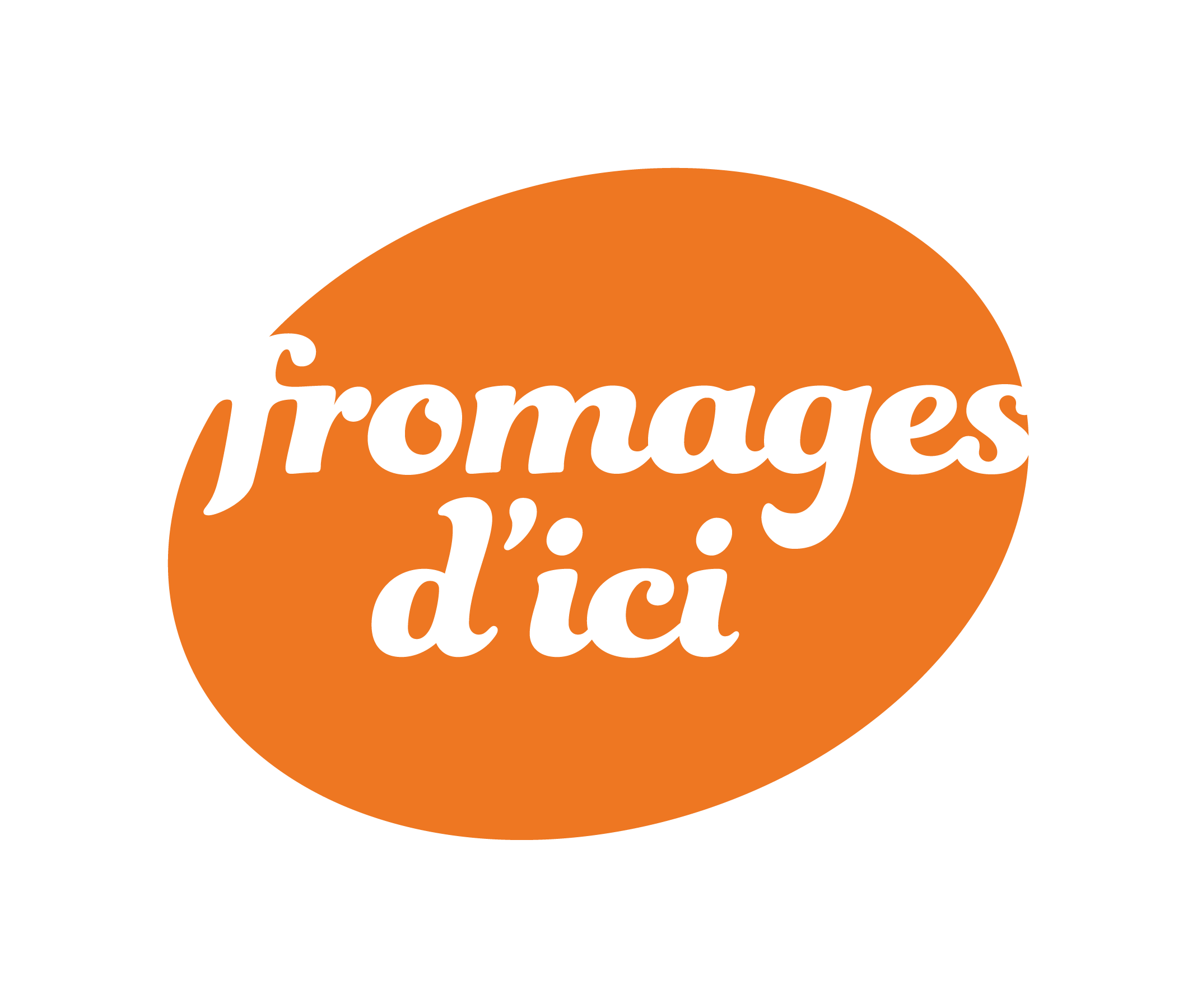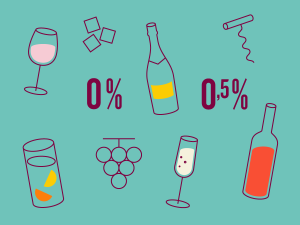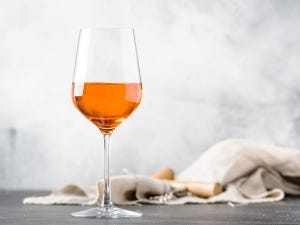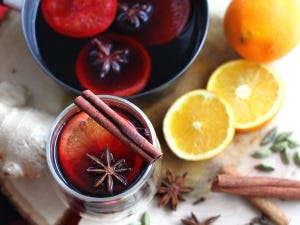All about complementarity
First, it's essential to understand that wine and cheese parings is a question of complementarity and balance. The wine should complement the flavours of the cheese, without overpowering or taking over. Flavours, intensity and texture are all connecting elements to respect, the sum of which will guide our choice of wines or cheeses.
"Red wine for pleasure, white wine for precision."
Xavier Thuizat, best sommellier in France 2022
Tag to tag
Just like the SAQ taste tags, those developed by the Fromages d’ici classify cheeses by their flavours, intensity and texture. By following these linking elements, the pairing between wine and cheese becomes totally natural.



Flavours | Intensity | Texture
Linking elements


Red wines make the best pairings?
Wrong. The fat of the cheese, its rind and the milk protein (casein) collide with the tannins of the red wines, reinforcing the sensation of astringency and dryness in the mouth. The wine will seem harder and harsher than it really is. Prioritize light reds with little tannins (Fruity and light or Fruity and medium-bodied tags), which will pair seamlessly with most cheeses.

White on red won't go to your head!
This maxim has several origins, although the most universally known suggests that it is better to drink white wine before red wine. Although debatable, it makes sense when it comes to cheese pairings. Indeed, the acidity of still or sparkling white wines (Fruity and lively and Aromatic and mellow tags) “breaks up” the fat of the cheese while bringing freshness to the whole. As for sweet or syrupy white wines (Fruity and extra sweet tag), their sugary profile attenuates the salty and bitter character of cheeses, especially blue-veined ones, while perfectly matching their creaminess. Enough to make you want to repeat the experience again and again!
Should you follow a precise order?
The order of service is quite simple. Just serve the lighter cheeses and wines first, and finish with the fuller ones. We also drink drier wines before sweet ones. Sparkling wines, on the other hand, can be very interesting from start to finish.


3 parings to discover
Sir Laurier d'Arthabaska &
Vignoble du PicBois Vidal Seyval Blanc Geisenheim 2023
The fatty and creamy character of this soft cheese seems to appreciate the well-felt freshness of this dry and aromatic white. The fruity and floral accents of the latter bring a very interesting dimension to this easy-breezy pairing.
- Other possible pairings: Fruity and vibrant sparkling wine and cider.


Le Rassembleu &
Domaine Lafrance
If there is one combo that unites all foodies, it is the pairing of blue cheese and sweet wine. Offering a similar profile, ice cider will use its enveloping texture and its sweetness to compensate for the salty flavours and creaminess of the Rassembleu.
- Other possible pairings: Sweet honey wine, late harvest.


Louis Cyr &
Léon Courville Muse 2020
A wine made of Saint-Pépin using the traditional method, Muse comes to life with fine caressing bubbles and just the right acidity. Its aging on lees for 15 months brings texture and slightly toasted notes, which blend harmoniously with the roasted ones of the Louis Cyr.
- Other possible pairings: Aromatic and supple red wine, Fruity and medium-bodied rosé.
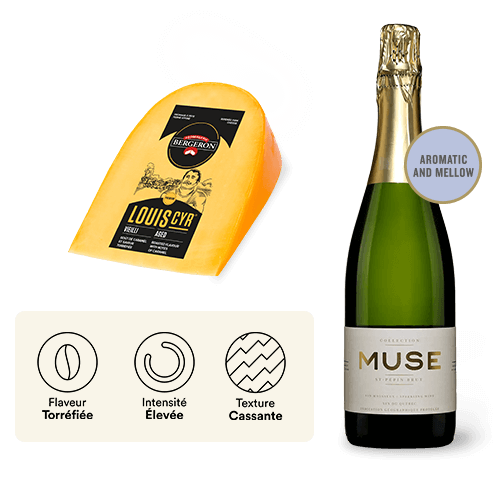

Le 1608 &
Vignoble du PicBois, Vidal Seyval Blanc Geisenheim
Les notes végétales, florales et de fruits du verger que présentent ce fromage, trouvent un profil similaire dans ce blanc québécois et aromatique.
- Accords complémentaires : rosé, bière de type New England IPA


Le Vlimeux &
Domaine Bresee, Bressoc
Les notes boisées de ce rouge se plaisent bien au côté fumé de ce fromage au lait cru. Son corps mi-corsé et sa souplesse offre un bel équilibre d'ensemble.
- Accords complémentaires : bière rousse, whisky aux notes fumées


 Access to SAQ Inspire personalized services and store inventories are unavailable at the moment.
Access to SAQ Inspire personalized services and store inventories are unavailable at the moment. Free in-store delivery with purchases of $75+ in an estimated 3 to 5 business days.
Free in-store delivery with purchases of $75+ in an estimated 3 to 5 business days. 

